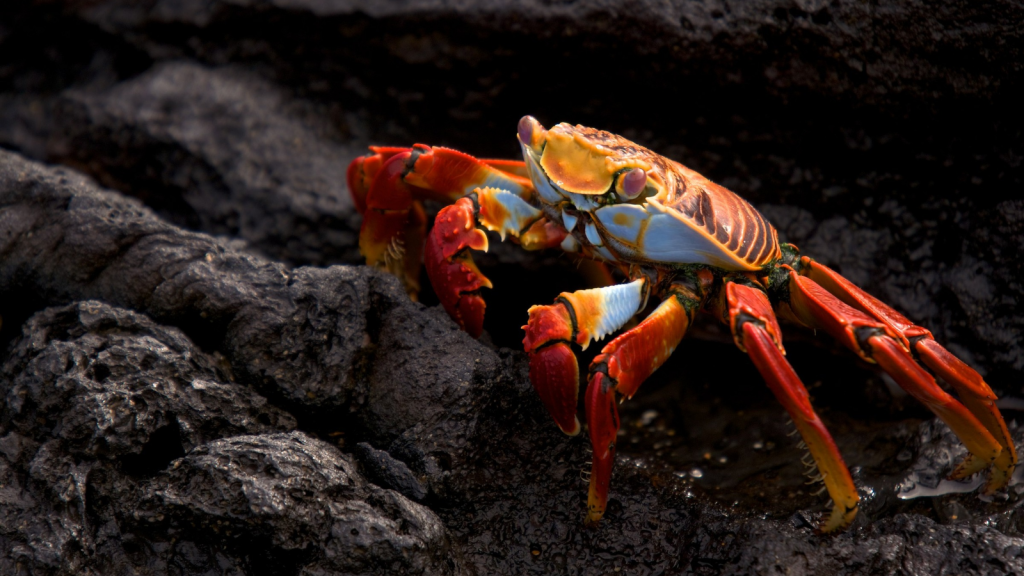The Galapagos Islands are a living museum of evolution, home to creatures found nowhere else on Earth. This remote archipelago, nestled in the Pacific Ocean, has been a source of wonder since Charles Darwin’s groundbreaking visit in 1835. Today, the islands continue to amaze scientists and nature lovers alike with their unique wildlife. From giant tortoises to blue-footed boobies, the Galapagos hosts a parade of peculiar animals that seem to have stepped out of a fantastical nature book. Let’s explore some of the most extraordinary inhabitants of this magical place.
Marine Iguana
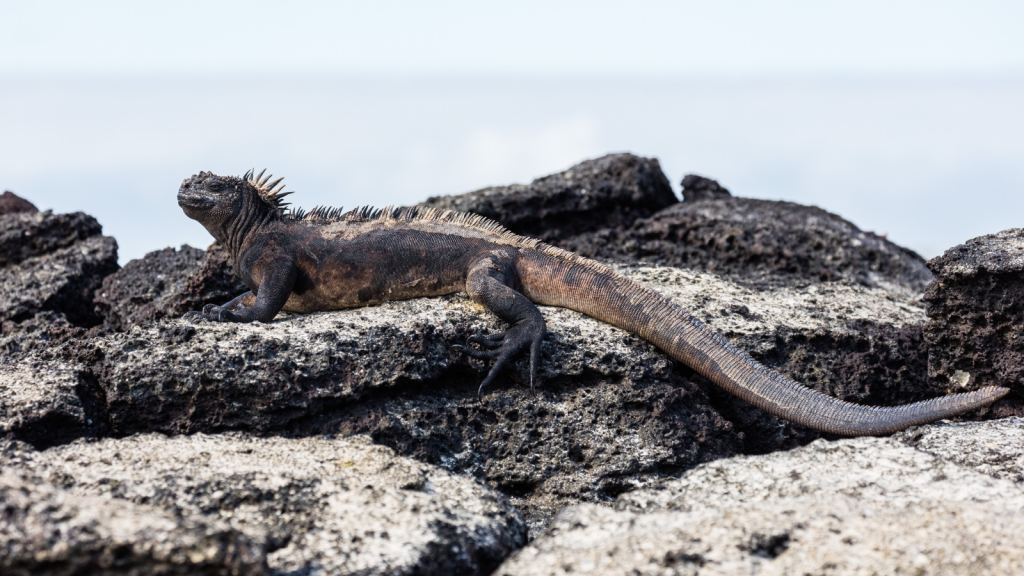
The marine iguana is the world’s only seagoing lizard. These prehistoric-looking creatures can dive up to 30 metres deep to munch on algae. Their dark colour helps them warm up quickly after swimming in the chilly Galapagos waters. Marine iguanas can even shrink their bodies to survive when food is scarce! They also have a unique ability to expel excess salt through their nostrils, often resulting in a comical sneeze-like action.
Blue-Footed Booby
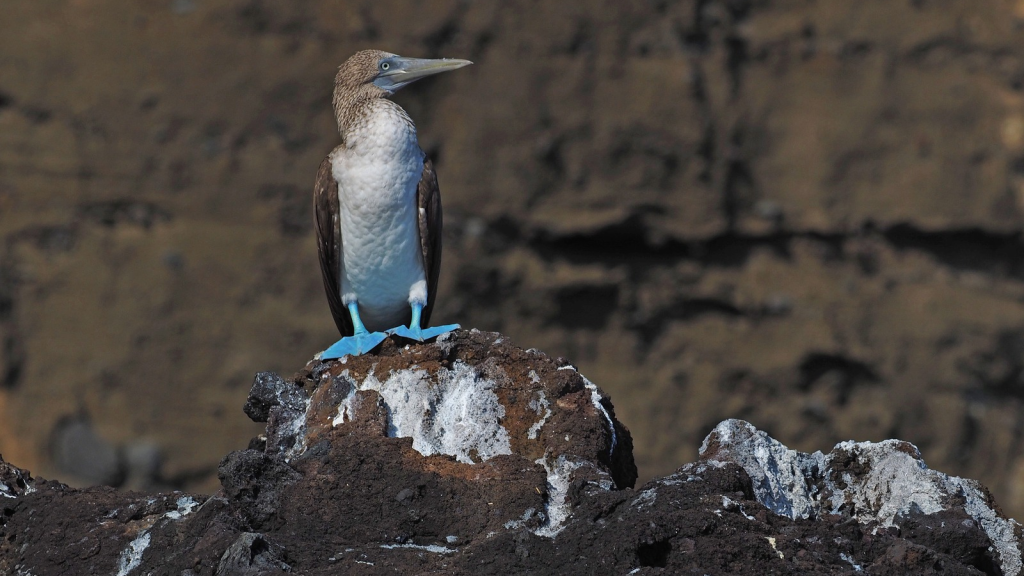
With their striking azure feet, blue-footed boobies are hard to miss. These seabirds use their colourful tootsies in elaborate mating dances. The bluer the feet, the more attractive the bird! Male boobies even bring their mates gifts of small rocks or sticks to win their favour. Their name comes from the Spanish word ‘bobo’, meaning foolish, due to their clumsy waddle on land.
Giant Tortoise
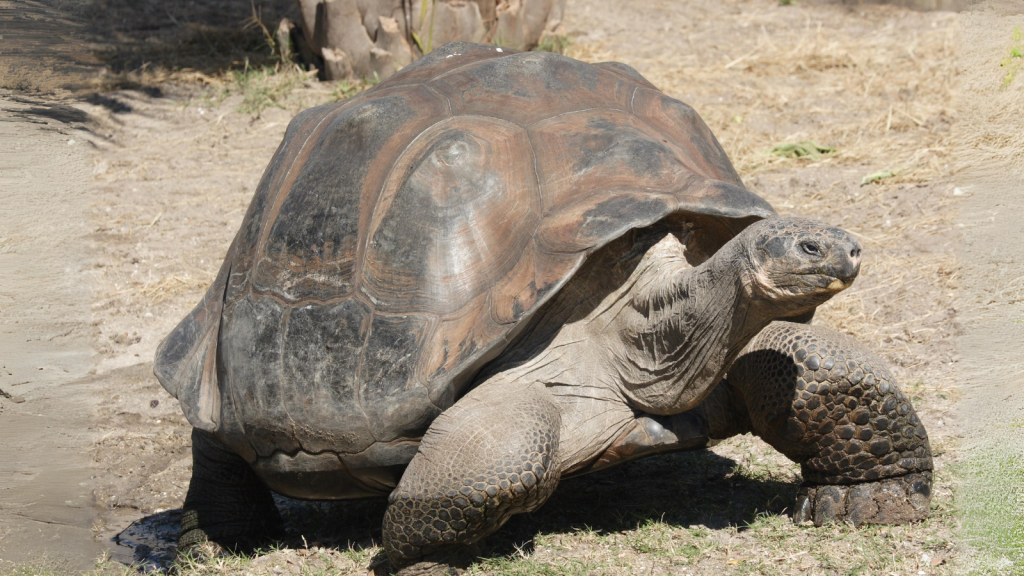
The Galapagos giant tortoise is a true island icon. These gentle giants can weigh up to 417 kg and live for over a century. Each island has its own unique subspecies, with differently shaped shells adapted to their specific environments. Sadly, some subspecies have already gone extinct due to human activity. The tortoises play a crucial role in seed dispersal, helping to maintain the islands’ plant diversity.
Flightless Cormorant
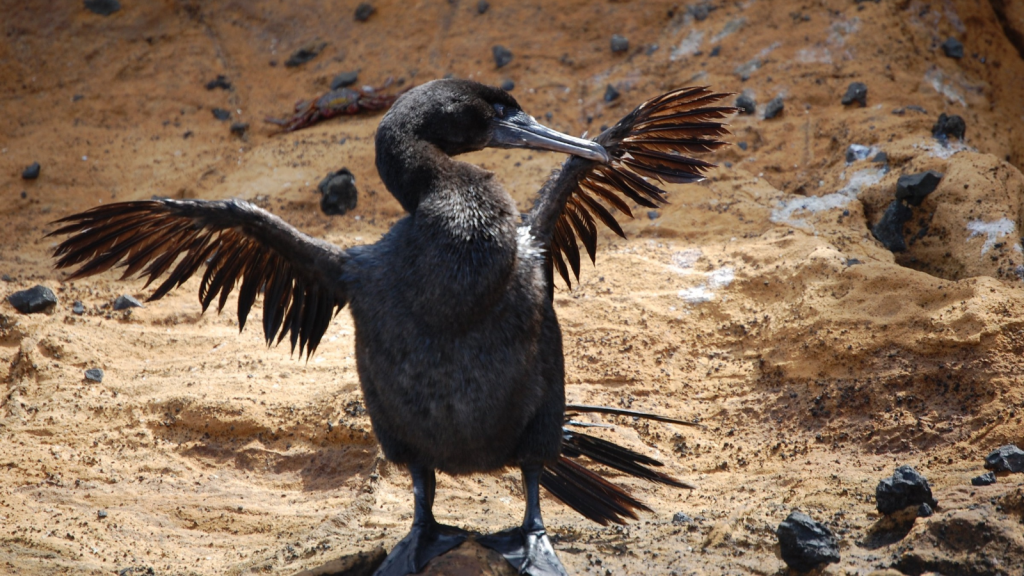
Unlike their flying cousins, Galapagos cormorants have tiny, useless wings. Instead of soaring through the air, these odd birds are expert swimmers and divers. They’ve traded their ability to fly for powerful legs and feet, perfect for chasing fish underwater. There are only about 1,000 pairs left in the wild. These unique birds have the largest body size of any cormorant species, likely due to their flightless nature.
Galapagos Penguin
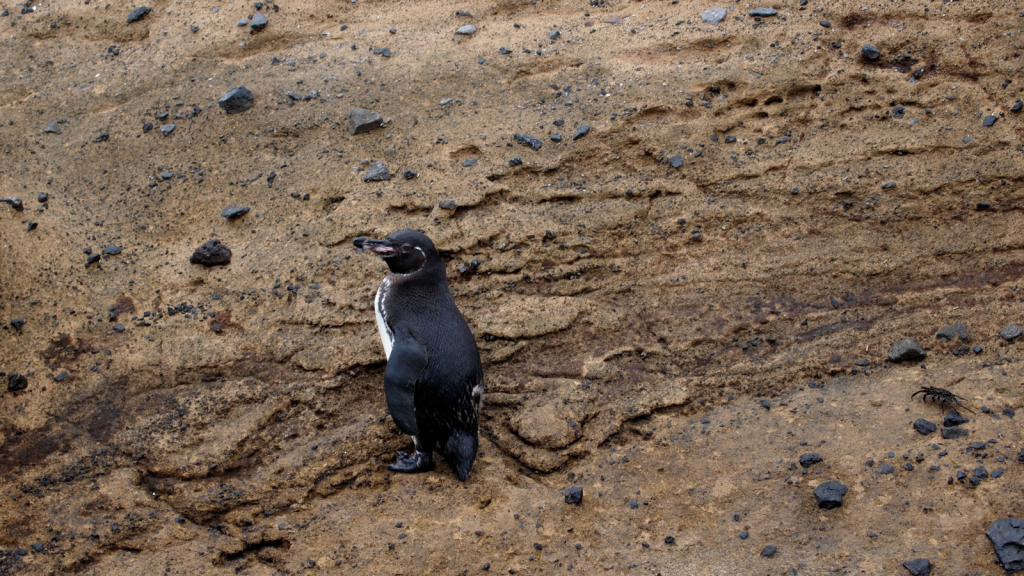
The Galapagos penguin is the only penguin species found north of the equator. These small, tropical penguins have adapted to the warm climate by panting like dogs and holding their flippers out to cool off. They’re excellent swimmers, reaching speeds of up to 35 km per hour when chasing fish. During El Niño events, which warm the surrounding waters, these penguins face significant challenges in finding food and breeding successfully.
Magnificent Frigatebird
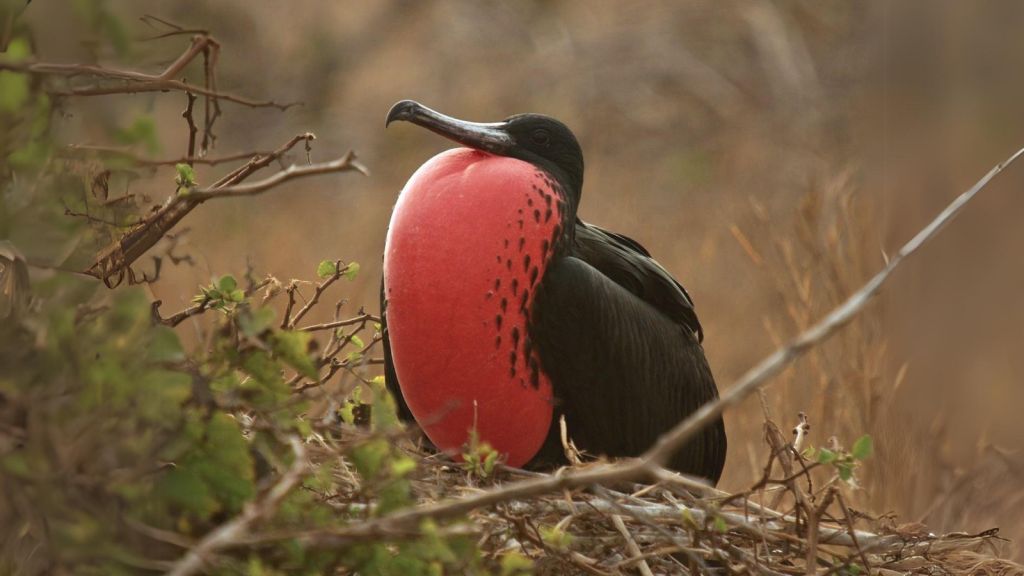
Male frigatebirds have a striking red throat pouch they inflate to attract mates. This balloon-like sac can take up to 20 minutes to fully expand! These birds are known as ‘pirates of the sea’ because they often steal food from other birds mid-flight. Frigatebirds can stay aloft for up to a week, sleeping on the wing and rarely touching down on water due to their lack of waterproof feathers.
Sally Lightfoot Crab
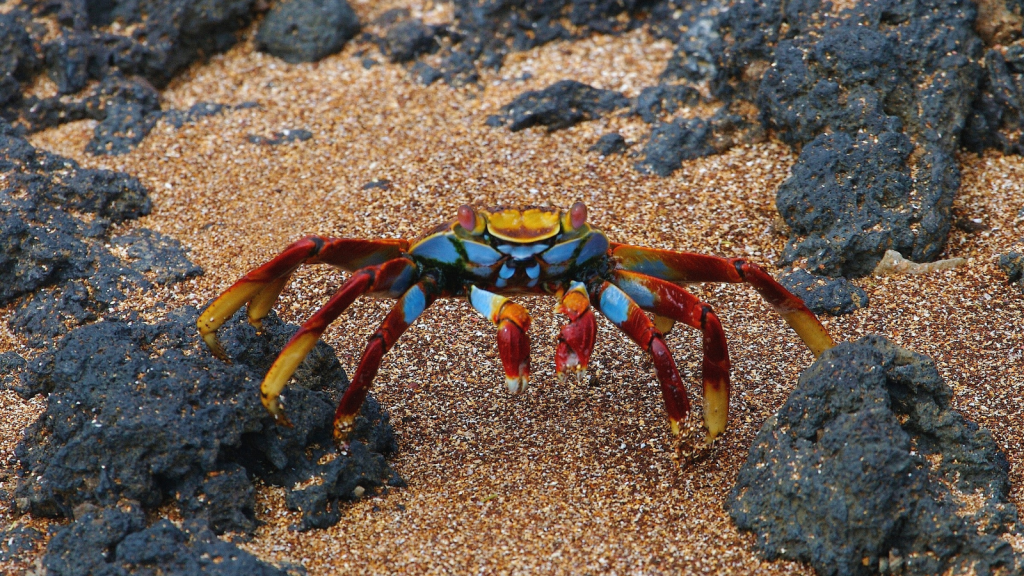
These bright red and blue crabs are nimble escape artists. They can run in all four directions and even jump from rock to rock to avoid predators. Sally Lightfoot crabs play a crucial role in keeping the islands clean by eating ticks off marine iguanas and scavenging for carrion. Their vibrant colours intensify as they age, with younger crabs sporting more muted tones for camouflage.
Galapagos Fur Seal
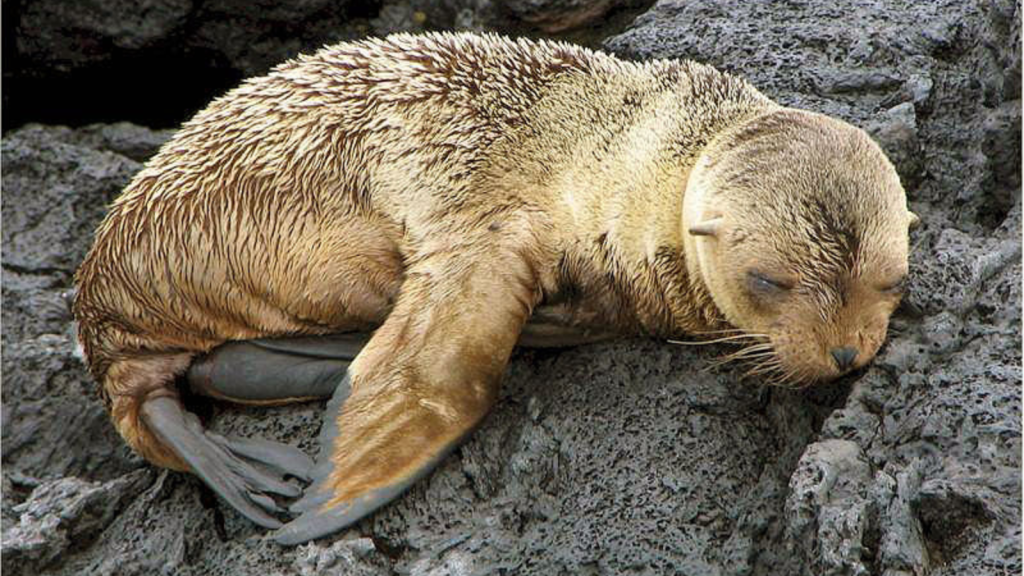
Despite their name, Galapagos fur seals are actually a species of sea lion. These playful creatures have thick fur to keep them warm in the cool Galapagos waters. They’re excellent divers, able to reach depths of 169 metres and stay underwater for up to 7 minutes. Galapagos fur seals are the smallest of all seal species, with males weighing only about a quarter as much as their California sea lion cousins.
Waved Albatross
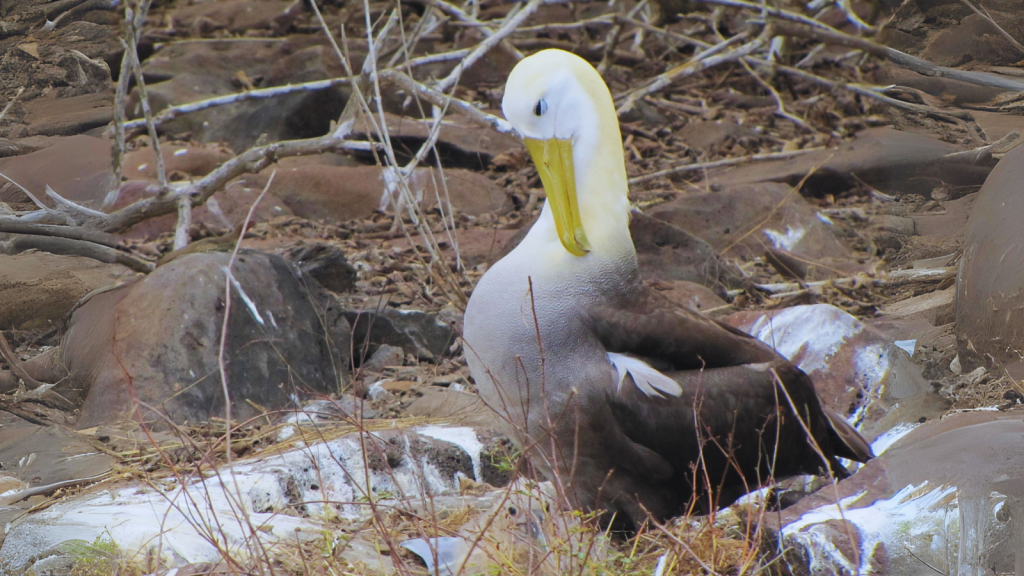
The waved albatross is the largest bird in the Galapagos, with a wingspan of up to 2.5 metres. These majestic seabirds mate for life and perform an intricate courtship dance involving bill-circling and beak-clapping. Sadly, they’re critically endangered due to fishing practices and climate change. Waved albatrosses spend most of their lives at sea, returning to land only to breed on Española Island in the Galapagos.
Galapagos Hawk
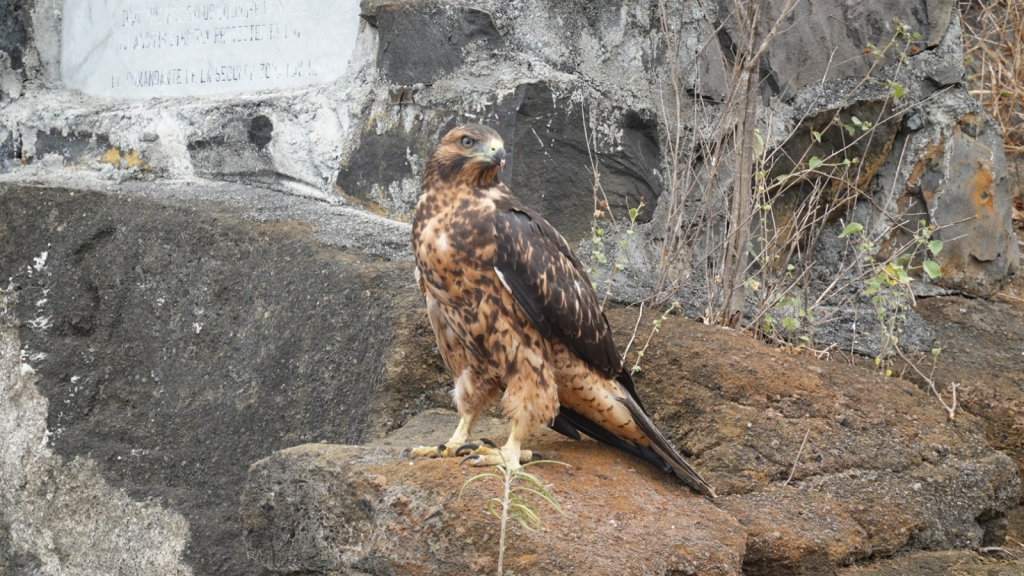
As the islands’ top predator, the Galapagos hawk keeps animal populations in check. These powerful birds have no natural predators and aren’t afraid of humans. They hunt in cooperative groups and have been known to take down animals as large as young goats. Interestingly, Galapagos hawks practice cooperative polyandry, where multiple males mate with a single female and help raise the chicks.
Darwin’s Finches
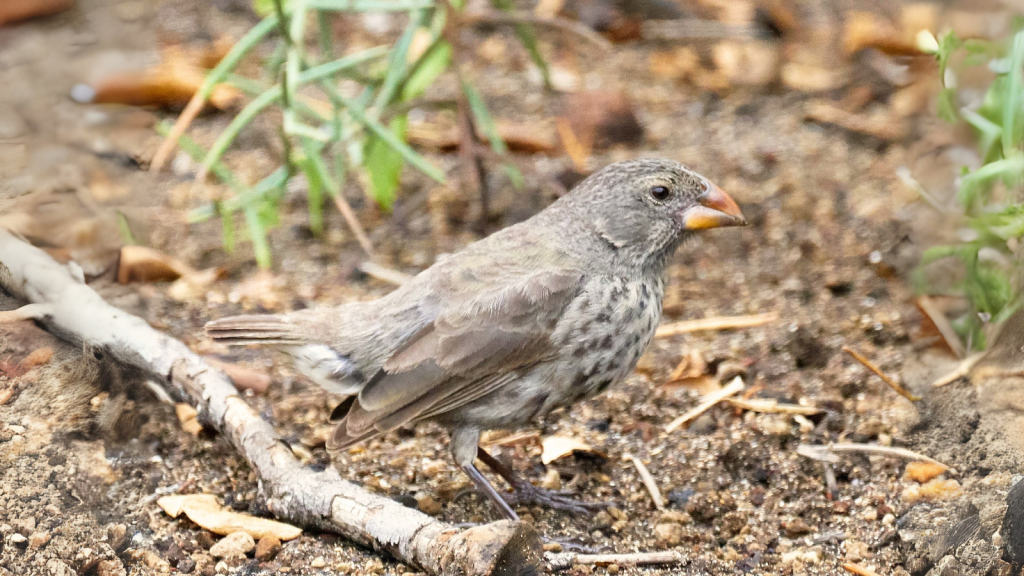
These small birds played a big role in Darwin’s theory of evolution. There are 13 species of Darwin’s finches, each with a differently shaped beak adapted for specific food sources. They’re a prime example of adaptive radiation, where one species diversifies to fill different ecological niches. Recent research has shown that the finches can evolve new beak shapes in as little as 20 years in response to environmental changes.
Galapagos Sea Lion
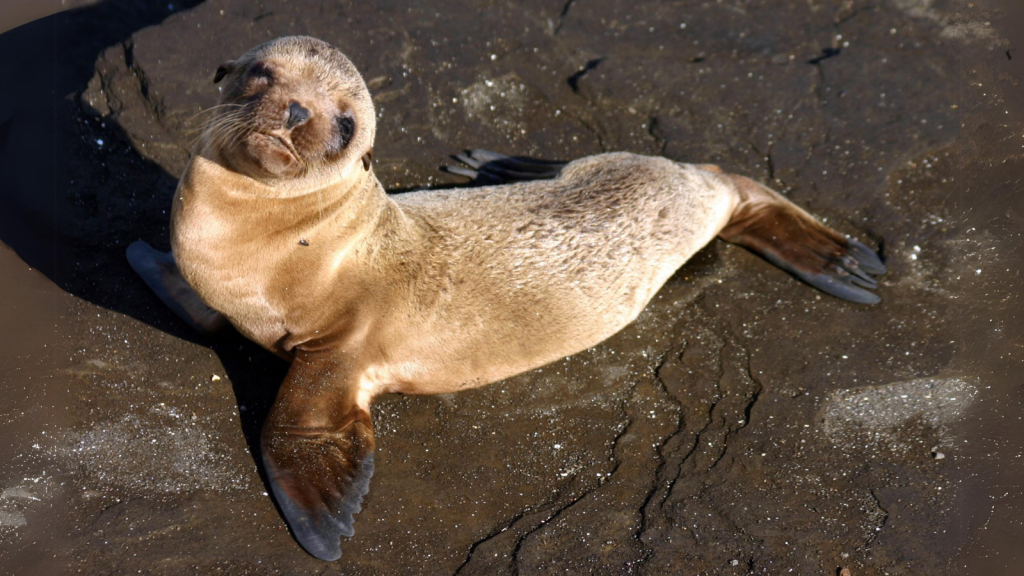
These charismatic mammals are often seen lounging on beaches or playfully swimming with snorkelers. Galapagos sea lions are excellent divers, able to reach depths of 580 metres. Males can weigh up to 250 kg and fiercely defend their harems during breeding season. Unlike many other sea lion species, Galapagos sea lions don’t migrate and remain near their breeding colonies year-round.
Red-Lipped Batfish
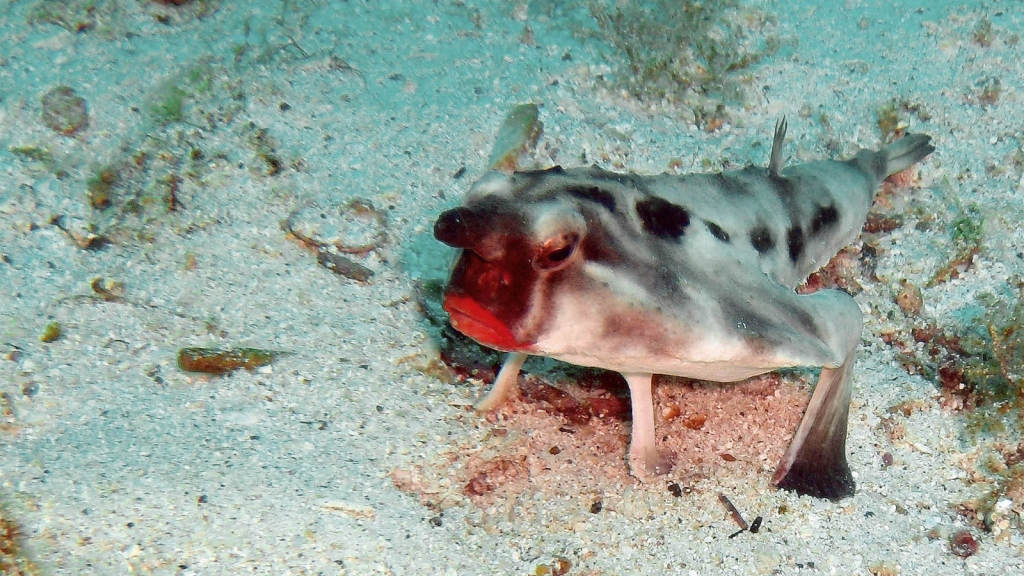
This bizarre fish looks like it’s wearing bright lipstick! The red-lipped batfish uses its arm-like fins to ‘walk’ along the ocean floor. Its dorsal fin has evolved into a fishing lure to attract prey. These odd creatures are found only in the Galapagos and off Cocos Island in Costa Rica. Despite their unusual appearance, red-lipped batfish are poor swimmers and spend most of their time on the seafloor, typically at depths between 30 to 120 metres.
Becky is a fervent wildlife enthusiast and pet care expert with a diploma in canine nutrition. Her love for animals stretches beyond the domestic, embracing the wild tapestry of global fauna. With over a decade of experience in animal welfare, Becky lends her expertise to OutlandishOwl through insightful articles, captivating wildlife information, and invaluable guidance on pet nutrition. Her work embodies a deep commitment to understanding the intricate lives of animals and a passion for educating others on sustaining natural habitats. Becky's hands-on conservation efforts and her knack for translating complex dietary science into practical pet feeding tips make her an indispensable voice for creatures great and small.

